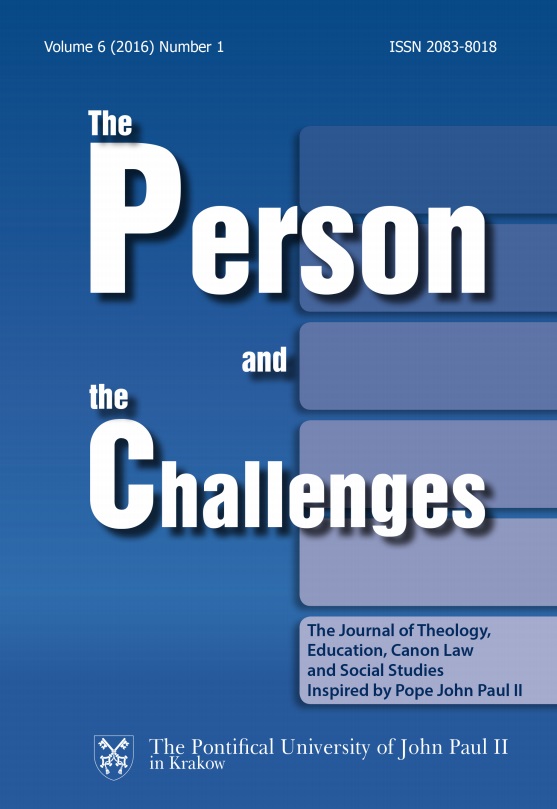Civitas antigua y formación de las estructuras personales
Ancient civitas and developing of personal structures
Author(s): Robert KantorSubject(s): Theology and Religion, Comparative Studies of Religion
Published by: Wydawnictwo Naukowe Uniwersytetu Papieskiego Jana Pawła II w Krakowie
Keywords: Civitas; Conception of the city; Personal structurs; tribu
Summary/Abstract: The concept of the city (civitas) does not necessarily have to mean an urban organization. It may mean a collection of localities, or a territory where some ethnic groups live (tribu). First of all, the development of personal structures happened initially in the families and was connected with a domestic cult. With time, several families used to make a separate group called fratria and a collection of them made up a tribu. This article shows how religion and a way of ruling affected the development of personal structures. Examples of this include are colonies and dioceses – personal structures of the Roman Empire.The task which lies before this article is to enlighten the reader that many of the modern personal structures, especially those deep‑rooted in canon law, have had a source in ancient civitas. Present structures of Catholic Church have their basis on that original classification: a family, fratria, tribu. Today there exist: a parish, a vicariate forane, a diocese, and a collection of dioceses called an ecclesiastical province.
- Issue Year: 6/2016
- Issue No: 1
- Page Range: 119-139
- Page Count: 21
- Language: Spanish

